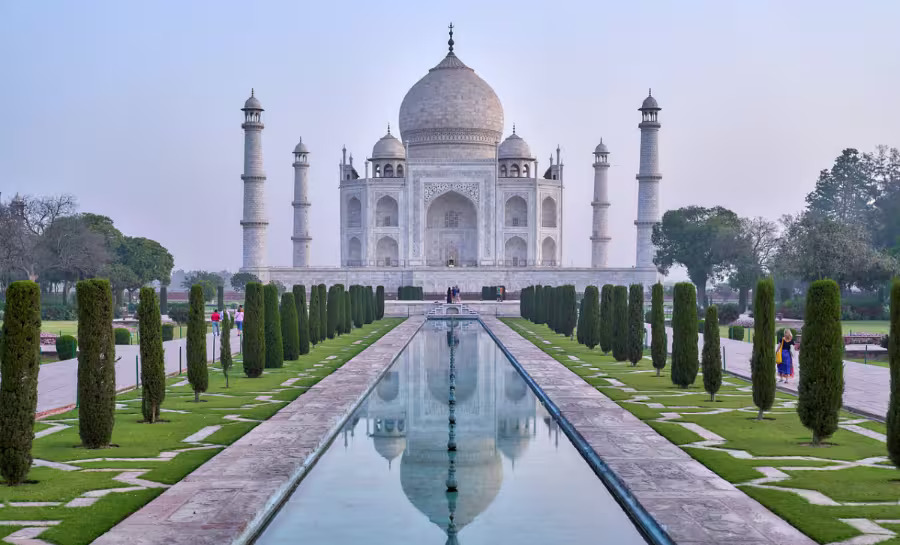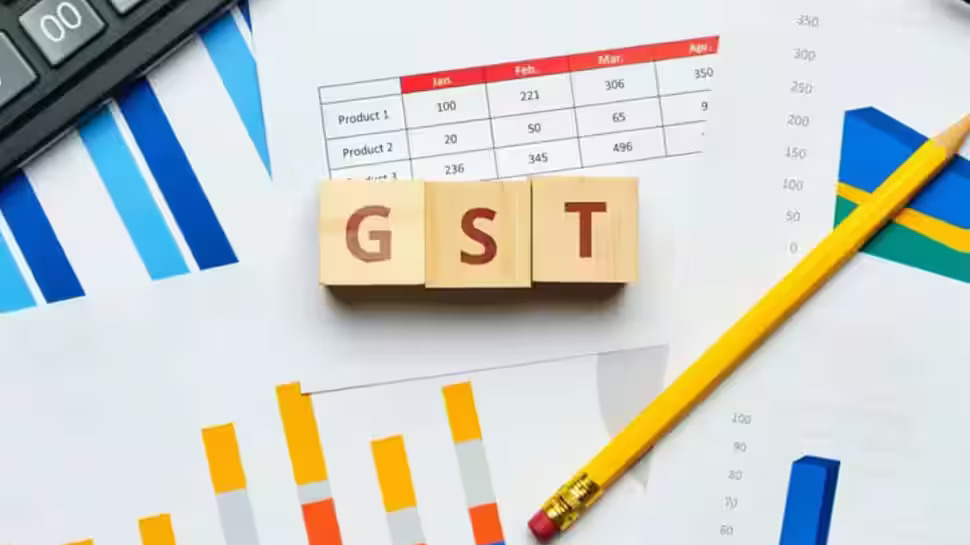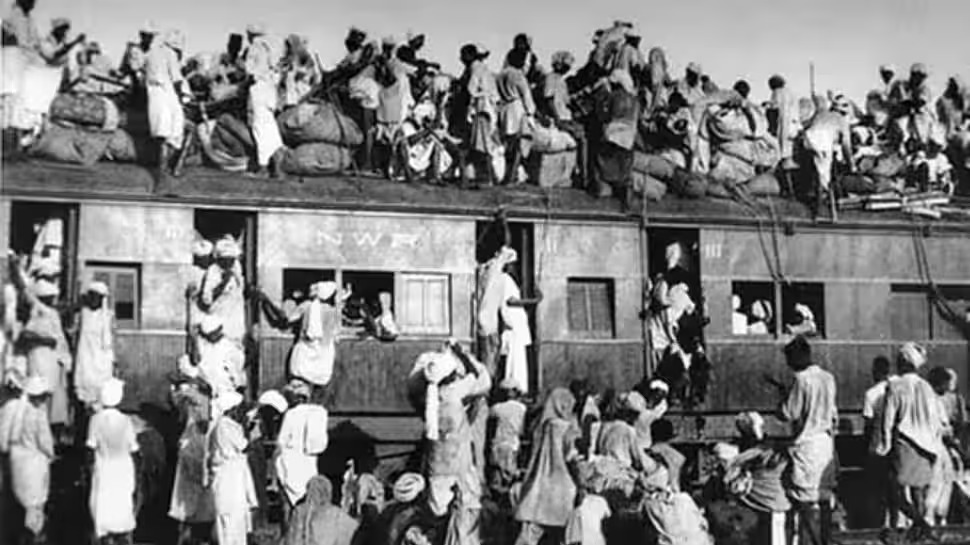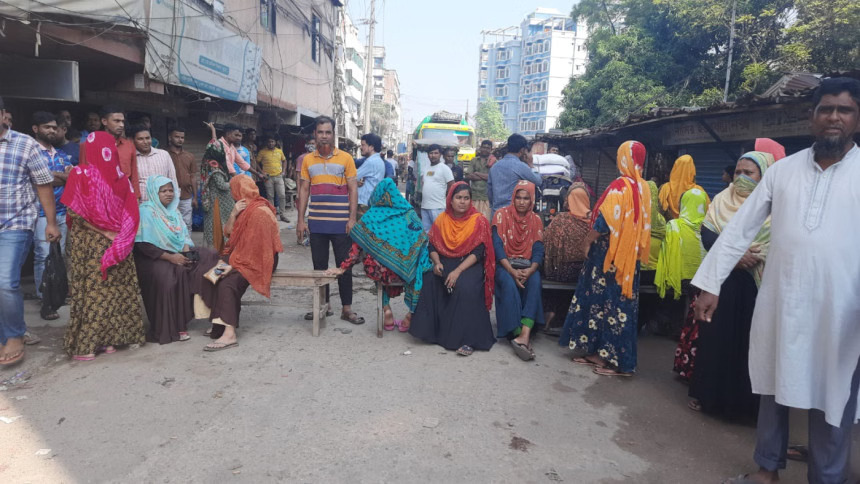Breaking News :
Why Gold Is More Expensive in Bangladesh Than India, Pakistan, and Nepal
 (1).jpg)
- H Sarker
- 17 Oct, 2025
In Bangladesh, gold has long symbolized wealth, tradition, and emotional value. From wedding jewelry to long-term savings, it holds deep cultural importance. However, over the last two years, Bangladesh’s gold market has witnessed an unprecedented price surge — reaching its highest levels in history. As of October 2025, the price of 22-carat gold has touched Tk 216,332 per bhori (11.66 grams), marking a near doubling within just two years.
While global gold prices have also increased due to economic instability, inflation, and geopolitical tensions, Bangladesh’s rate is noticeably higher than neighboring South Asian countries like India, Pakistan, and Nepal. The question naturally arises — why is gold more expensive in Bangladesh?
1. Global Economic Influence and the Nature of Gold as a Safe Asset
Gold is widely considered a "safe-haven" asset. In times of global uncertainty — such as during wars, pandemics, and recessions — investors and central banks flock to gold as a hedge against inflation and currency depreciation. The COVID-19 pandemic, followed by the Russia-Ukraine war and continuing global inflation, created persistent demand for gold worldwide.
However, while this global trend explains some of the rise, it doesn’t fully account for the sharp disparity between Bangladesh and its neighbors. The difference lies in local policy, currency depreciation, and import constraints.
2. Currency Depreciation: The Taka vs. the US Dollar
One of the key factors driving gold’s record prices in Bangladesh is the weakening of the Bangladeshi Taka. Since gold is traded globally in US dollars, any depreciation in the Taka directly increases local gold prices. Over the last two years, the Taka has lost around 30% of its value against the US dollar, making imported goods — including gold — more expensive.
In contrast, the Indian rupee and Pakistani rupee have also depreciated, but both countries have more structured import policies, larger reserves, and domestic refining industries, allowing them to control domestic gold prices more effectively.
3. Import Restrictions and Bureaucratic Barriers
Bangladesh’s gold market heavily relies on recycled gold, as formal imports remain limited. The government introduced a gold policy in 2018 to curb smuggling and encourage legal imports, issuing licenses to a few companies. However, complex paperwork, bureaucratic delays, and high duties discouraged importers.
Currently, under baggage rules, a Bangladeshi traveler can bring 100 grams of jewelry duty-free and one 117-gram gold bar per year with a duty of Tk 5,000 per bhori. For bulk imports, however, duties are significantly higher — making legal imports financially unattractive. As a result, a large portion of gold still enters through informal channels, driving up local prices.
4. High Import Duties and Taxes
Gold import duties in Bangladesh are among the highest in South Asia. When compared, India levies around 15% import duty, while Pakistan and Nepal impose moderate rates. Bangladesh’s combined tax, VAT, and duty can exceed 25–30%.
This not only raises the official retail price but also encourages smuggling. Traders argue that if the government reduced duties and simplified procedures, the domestic price could align more closely with international levels.
5. Supply and Demand Imbalance
Demand for gold in Bangladesh remains strong due to cultural and social traditions — especially during wedding seasons and festivals. But since formal imports are restricted, supply often fails to meet demand. Jewelers depend on recycled gold and limited inflows from returning expatriates, leading to scarcity in the market.
The result: prices continue to rise even when global rates stabilize.
6. The Role of Jewelers and Local Business Practices
Many experts believe that gold traders and associations also play a significant role in local price determination. The Bangladesh Jewellers Association (BAJUS) revises gold prices regularly, citing changes in global markets and the dollar exchange rate. Critics argue that the lack of transparency in these revisions allows room for profit manipulation and coordinated price hikes.
BAJUS, however, defends the process, saying that prices reflect the true costs of acquiring gold through unofficial means and maintaining stock amid economic uncertainty.
7. Comparison with Regional Markets
According to October 2025 data from the World Gold Council:
| Country | 22K Gold Price per gram (USD) | Local Price (BDT equivalent) |
|---|---|---|
| Bangladesh | 152.39 | 18,547 |
| India | 134.70 | 16,400 |
| Pakistan | 136.94 | 16,700 |
| Nepal | 125.05 | 15,200 |
| Saudi Arabia | 126.91 | 15,400 |
Clearly, Bangladesh’s per-gram price exceeds even that of India and Pakistan by over 10%.
Economists attribute this to import barriers and high margins added by middlemen.
8. The Dollar Crisis and Forex Reserves
Bangladesh’s declining foreign reserves have pressured the government to restrict luxury imports, including gold. This has made it difficult for jewelers to legally purchase the precious metal from global suppliers. The central bank’s focus on conserving dollars for essential imports like food and fuel has further tightened the market.
9. Smuggling and the Informal Gold Economy
When official imports become costly or difficult, smuggling increases. Unofficial traders often bring gold through airports or land borders to avoid paying high duties. Ironically, such practices distort pricing further, as legal jewelers must compete with illicitly sourced gold that fluctuates with market risks.
10. Policy Weakness and Bureaucracy
Experts frequently criticize Bangladesh’s slow policy implementation. Despite the 2018 gold import policy, little progress has been made to establish refineries or formalize the market. Bureaucratic hurdles have discouraged foreign investment in the gold sector, while inconsistent regulation adds to uncertainty.
11. Possible Solutions
-
Reduce import duty to align with regional standards (10–12%)
-
Streamline licensing for importers to cut red tape
-
Encourage domestic refining to reduce reliance on imports
-
Strengthen customs enforcement to combat smuggling
-
Enhance policy coordination between finance, commerce, and the central bank
12. Expert Opinions
Economist Masudur Rahman of BAJUS noted, “If the government or central bank facilitated gold imports, the market would be more stable. Currently, we depend on recycled gold, which limits price control.”
Analysts also highlight the need to maintain transparency and develop gold trading as part of Bangladesh’s financial market — including options for gold-backed bonds or digital gold investment.
The soaring price of gold in Bangladesh is not just a matter of global economics but a reflection of domestic weaknesses — currency depreciation, import policy flaws, and bureaucratic inefficiency. While cultural demand remains steady, limited supply and high duties keep prices inflated. Unless structural reforms are made, Bangladeshis will continue to pay more for the world’s oldest symbol of wealth.
Leave a Reply
Your email address will not be published. Required fields are marked *








